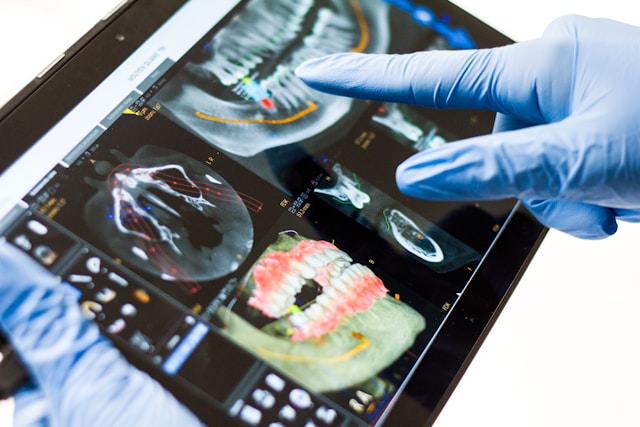Braces are usually associated with prepubescent children and teenagers. However, there is an increasing number of adults choosing to get orthodontic treatments as well, which can help them achieve a great smile and better functionality of their teeth.
Adults may need orthodontic treatments for a variety of reasons –
- Want to improve the appearance of their smile
- Had orthodontic treatment when they were younger but went through a relapse
- Need space in the mouth for dental implants
- Teeth become loose due to gum disease
- Inherited teeth misalignment and bite problems
- Age-related tooth drifting and wear and tear
Is it Possible to Move Teeth Backwards with Orthodontics?
Teeth can be moved to different positions in the mouth with the help of orthodontic treatments. Dental problems like gapped teeth, crooked teeth, incorrect bite etc. can be corrected through braces and other dental appliances used in orthodontics. Teeth can be moved forwards, backward and even sideways to correct alignment and improve upon the appearance and functionality of the teeth.
The duration of the treatment depends on the extent of your orthodontic condition and the type of treatment required. The mechanism for tooth movement consists of the application of small amounts of pressure on the teeth through brackets, wires, and orthodontic appliances used during the treatment.

Types of Orthodontic Treatment for Adults
Traditional Braces:
The traditional metallic braces are the type of orthodontic treatment most people are familiar with. In terms of investment, it is also the most economical form of orthodontics. A lot of adults, though, may not be comfortable with the aesthetic appearance of metal braces and may opt for more a discreet variety of orthodontic treatment options.
Ceramic Braces:
These are very similar to traditional braces, with one exception. The metal brackets are replaced with ceramic brackets, which blend into the tooth shade and appear less conspicuous than metal braces.
Lingual Braces:
Lingual braces are placed behind the teeth instead of the front surface, making them virtually invisible. While they are very beneficial to those who may have concerns regarding their appearance with braces, not every person who requires orthodontic treatment is suited to receive lingual braces.
Clear Aligners:
Companies like Invisalign, ClearCorrect, and many others are known for their clear retainers that fit tightly over the teeth and can be used to fix a wide range of tooth alignment problems. While they are not suitable for every type of orthodontic problem, they serve a significant advantage to those looking for an aesthetic alternative to the traditional braces.
Wearing a retainer for a requisite period of time, as advised by your dentist, is an essential part of your treatment. This holds true for people of all ages, irrespective of the type of orthodontic treatment being undertaken. Ignoring the use of a retainer after the treatment is complete can lead to a relapse and cause your teeth to move back to their old position.
When Can Adults Get Orthodontic Treatment?
The primary condition for orthodontic treatments is the presence of healthy teeth and gums. If you have active gum disease, your dentist will first tackle the treatment of your gum disease before advising any type of orthodontic treatment.
Generally speaking, there is no age limit to getting braces. As long as you have adequate bone quantity and quality, and healthy teeth and gums, you remain a good candidate for orthodontic treatments.
Get in touch with our expert staff at RiverRock Dental to learn more about getting an orthodontic treatment as an adult.






